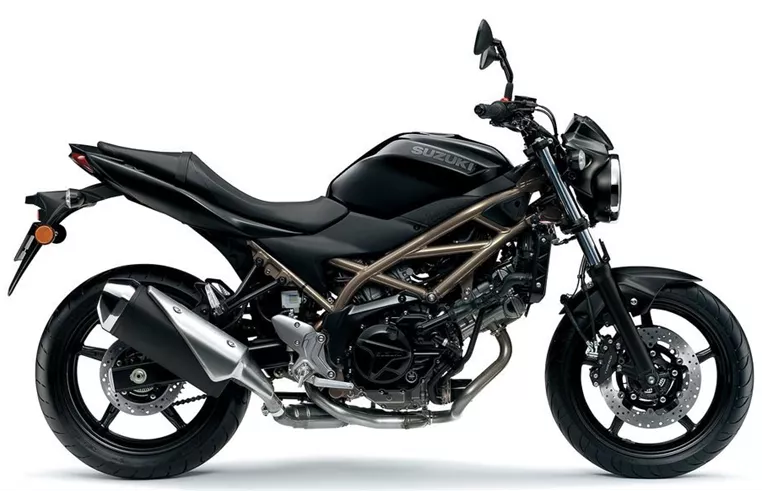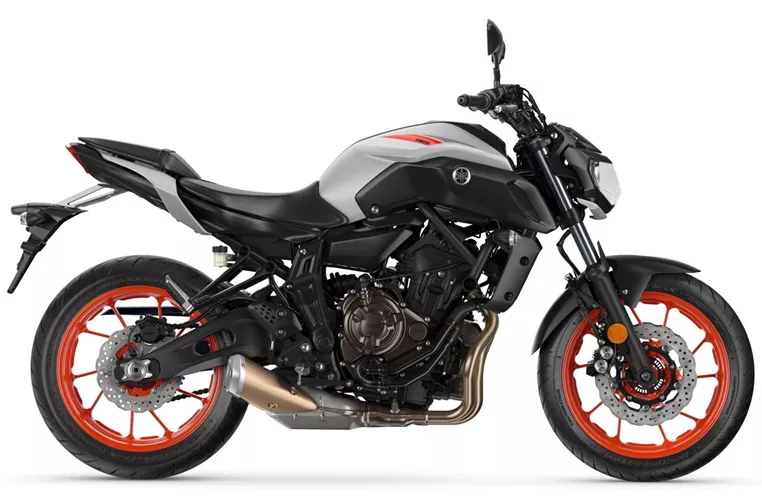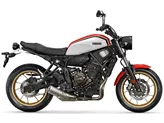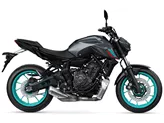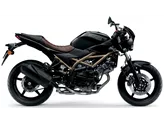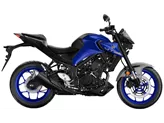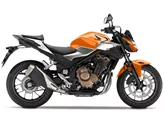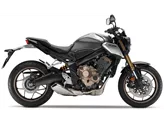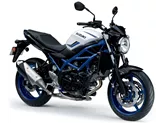Suzuki SV 650 2021 vs. Yamaha MT-07 2020
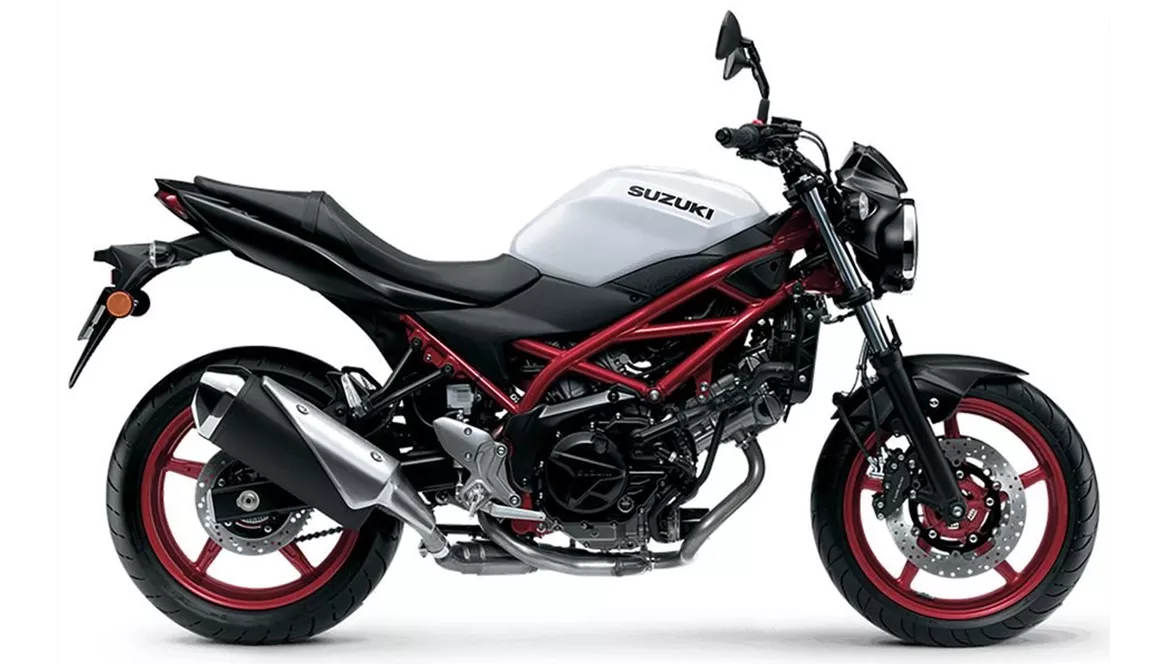
Suzuki SV 650 2021

Yamaha MT-07 2020
Overview - Suzuki SV 650 2021 vs Yamaha MT-07 2020
The Suzuki SV 650 2021 and the Yamaha MT-07 2020 are both popular naked bikes that offer a thrilling riding experience. While they share some similarities in terms of engine type, cooling system, and suspension, there are also notable differences between the two models.
In terms of engine power, the Suzuki SV 650 2021 has a V2 engine that produces 73 HP, while the Yamaha MT-07 2020 features an in-line engine with 75 HP. Both bikes have a torque output of around 64 Nm to 68 Nm, providing ample power for acceleration and overtaking. The Suzuki SV 650 has a displacement of 645 ccm, while the Yamaha MT-07 has a slightly larger displacement of 689 ccm.
Both bikes feature a steel frame, which provides stability and durability. The front suspension on both models is a telescopic fork, ensuring a smooth and controlled ride. The braking system on the front wheel consists of double discs on both bikes, offering reliable stopping power.
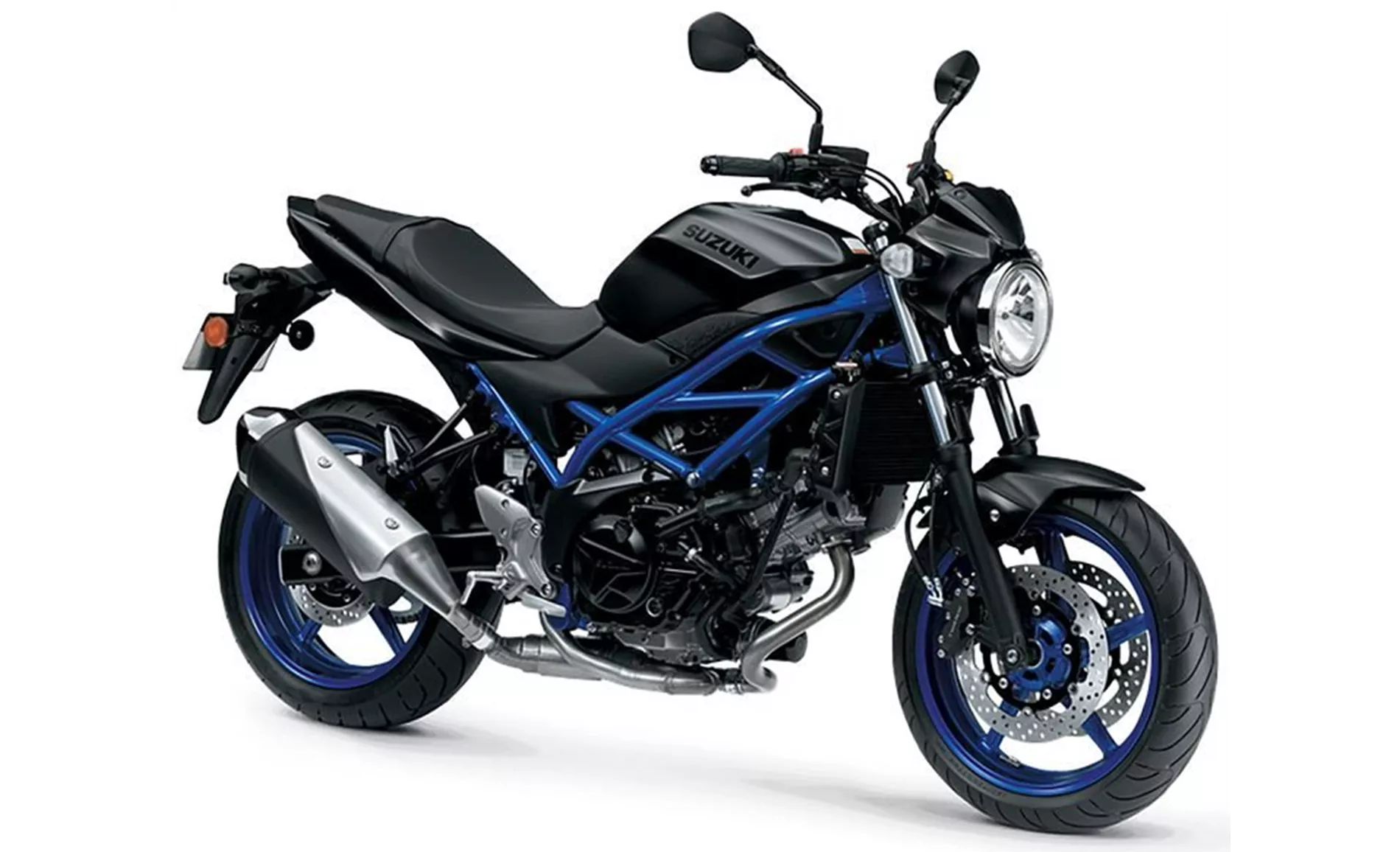
Suzuki SV 650 2021
In terms of dimensions and weights, the Suzuki SV 650 has a front tire width of 120 mm and a rear tire width of 160 mm, with both tires having a diameter of 17 inches. The wheelbase is 1445 mm, providing stability and maneuverability. The seat height is 785 mm, making it accessible for riders of various heights. The kerb weight of the SV 650 is 200 kg, slightly heavier than the Yamaha MT-07, which weighs 182 kg. Both bikes have a fuel tank capacity of around 14 liters.
Moving on to the strengths of each bike, the Suzuki SV 650 2021 is praised for its confident V2 powerplant with character, providing a thrilling and engaging riding experience. The stable chassis and comfortable seating position make it suitable for long rides. The bike also offers easy handling and has a timeless look that appeals to many riders.
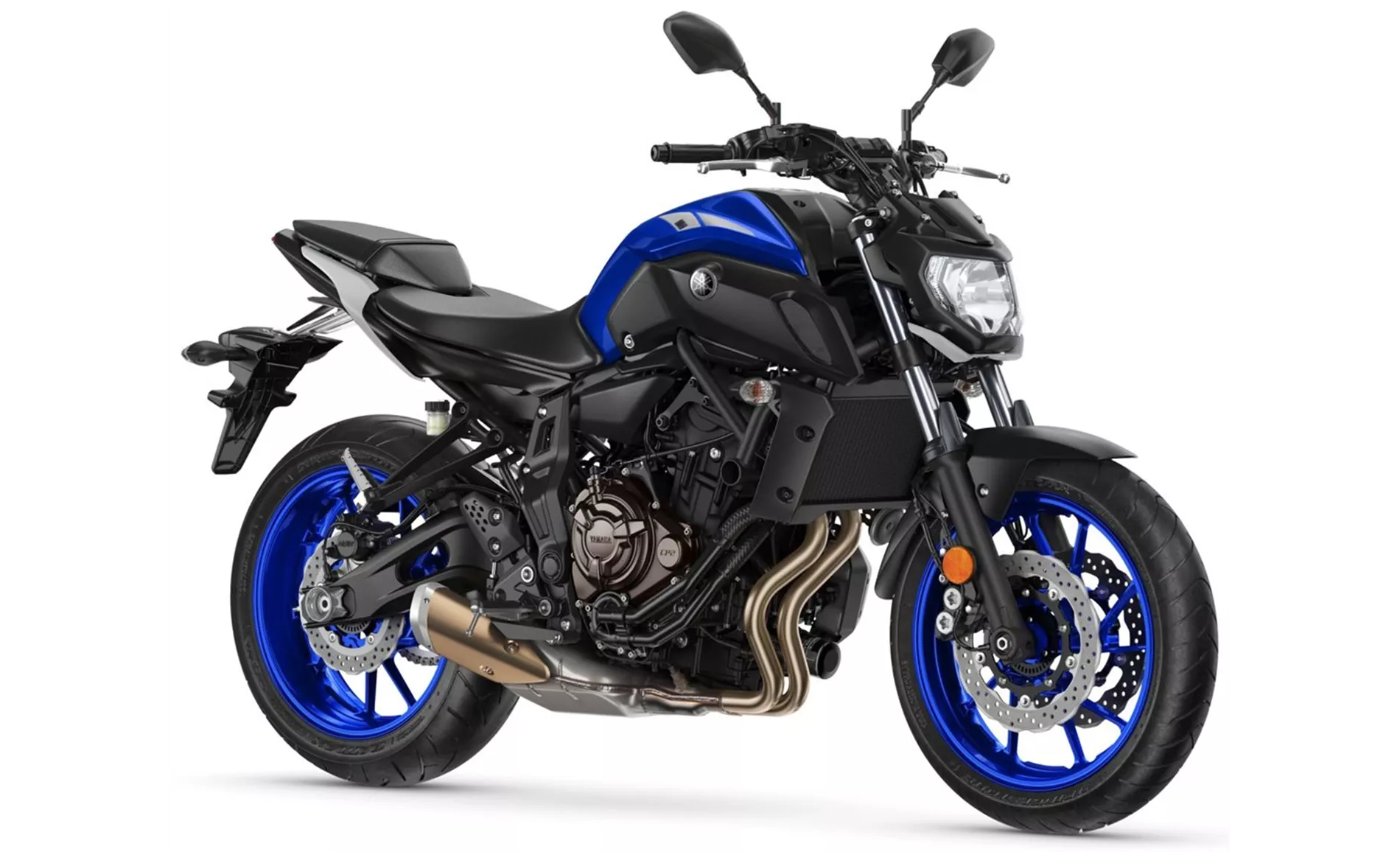
Yamaha MT-07 2020
On the other hand, the Yamaha MT-07 2020 is known for its high-torque two-cylinder engine, which delivers strong acceleration and a thrilling riding experience. The chassis set-up is well-done, providing a balanced and responsive ride. The bike is also easy to ride, making it suitable for both experienced and novice riders. The seating position is pleasant, offering comfort during long rides. Additionally, the Yamaha MT-07 has a wide selection of accessories available, allowing riders to customize their bike to their preferences. The price-performance ratio is also considered to be right, making it an attractive option for budget-conscious riders.
However, both bikes have their weaknesses. The Suzuki SV 650 2021 lacks electronic features apart from ABS and requires manual force for the brakes. The instruments on the bike are moderately readable, which can be a drawback for some riders. On the other hand, the Yamaha MT-07 2020 has a somewhat outdated appearance and the fittings may appear cheap to some riders.
In conclusion, both the Suzuki SV 650 2021 and the Yamaha MT-07 2020 are capable and exciting naked bikes that offer a thrilling riding experience. While the Suzuki SV 650 has a confident V2 powerplant and a timeless look, the Yamaha MT-07 stands out with its high-torque two-cylinder engine and well-done chassis set-up. Ultimately, the choice between the two models will depend on individual preferences and priorities.
Technical Specifications Suzuki SV 650 2021 compared to Yamaha MT-07 2020
Pros and Cons in comparison
Pros and Cons in comparison
Suzuki SV 650 2021
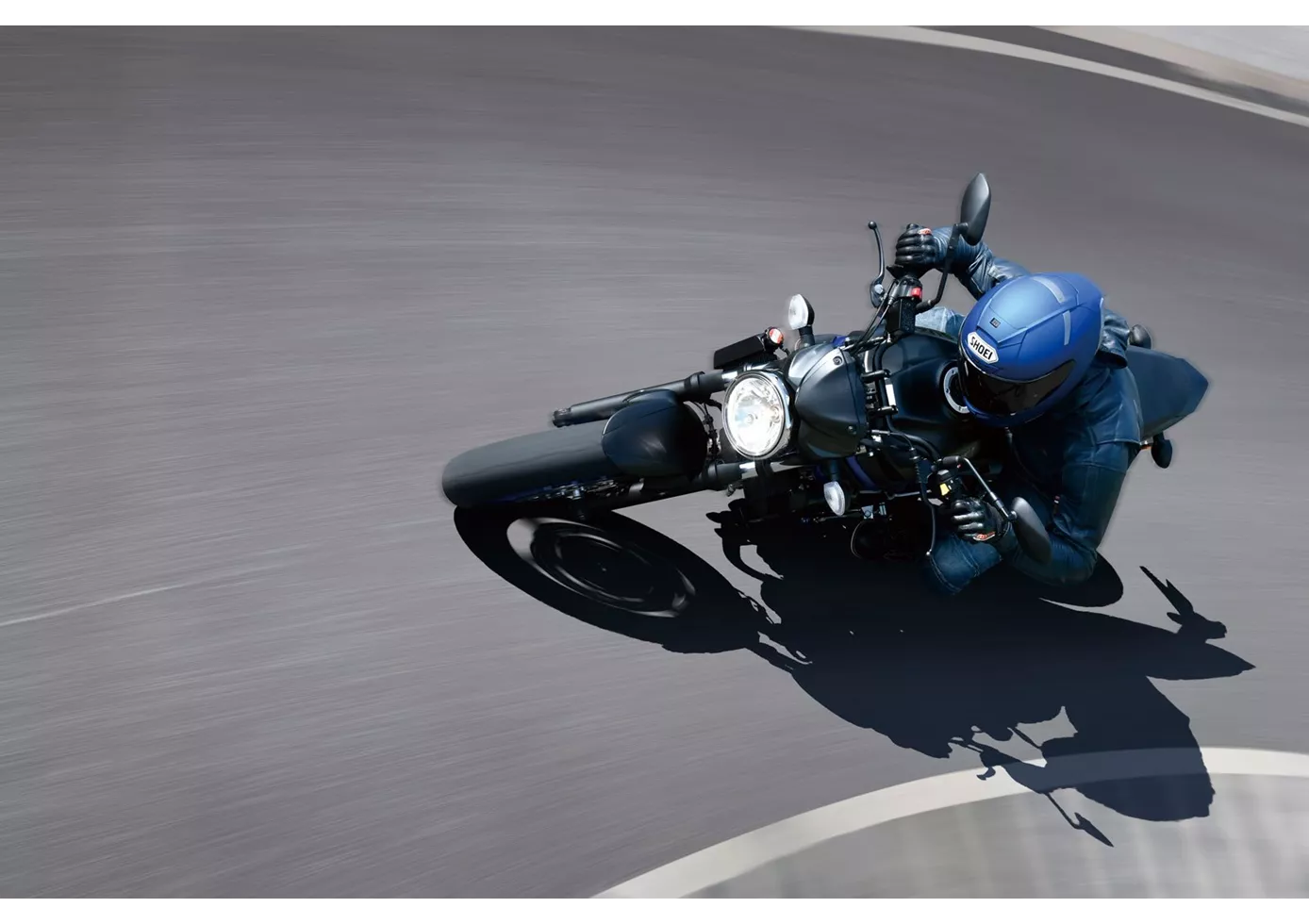
Not much has changed on the Suzuki SV 650 compared to its predecessor, five years ago. The engine has been updated to Euro5 and is now even more mature, which fits in perfectly with the rest of the package. The SV 650 doesn't want to scare anyone, especially beginners. The chassis makes a solid, unagitated impression, the brakes require a lot of manual force to prevent unexpected overbraking. The look is timeless on the one hand, but on the other hand some components are really a bit outdated. On the other hand, the price is fair, as usual for Suzuki.
Yamaha MT-07 2020
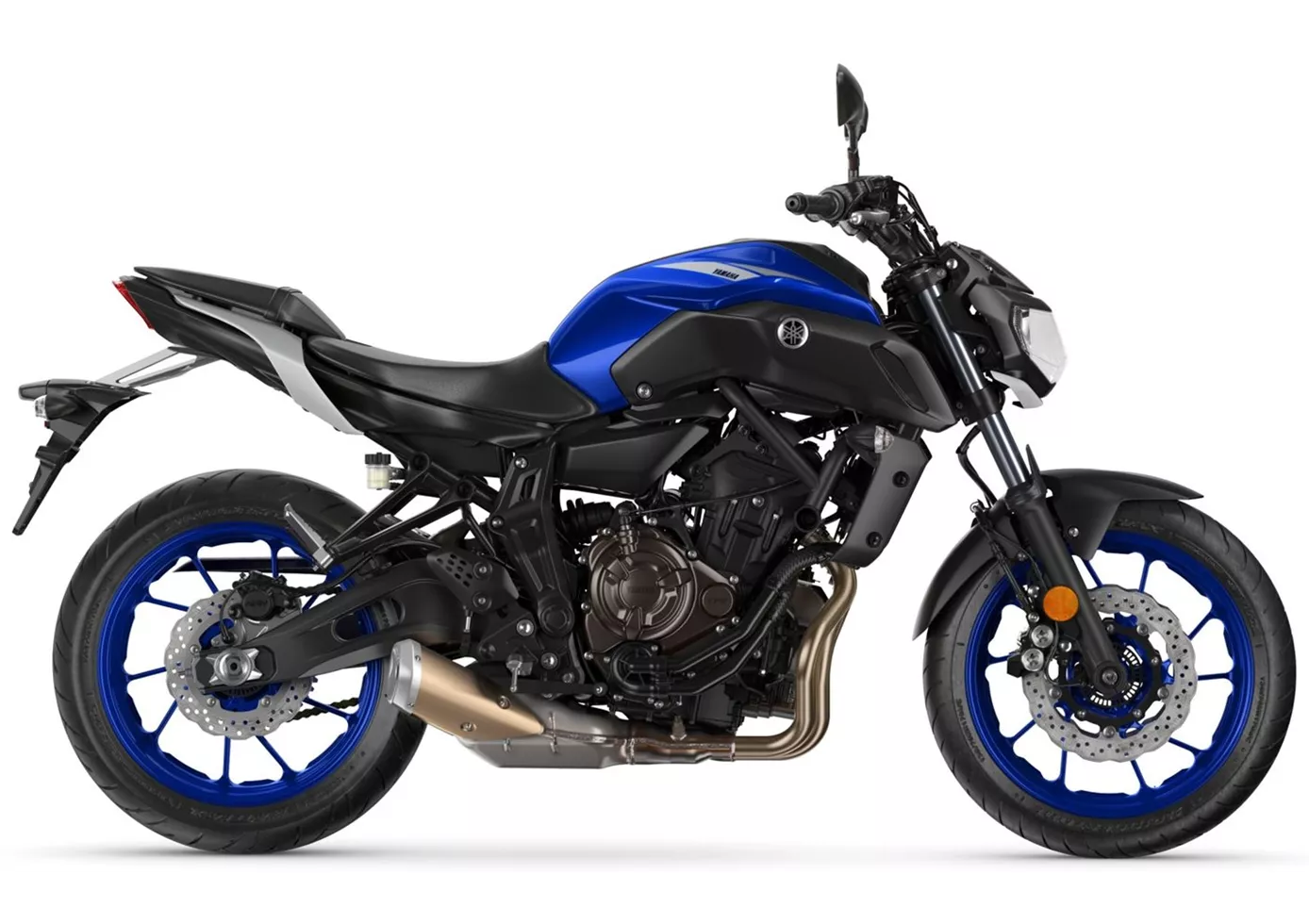
The MT-07 is a wonderful fun machine that is extremely sporty to ride. The brakes pack a punch and the engine is currently by far the most agile powerplant in this class - and perhaps even above. The light handling fits in perfectly and the chassis makes the understandable compromise between comfort and sport - reminding us that the affordable MT-07 should also have a lot to offer beginners. Only the design with halogen headlights and conventional forks is rather old-fashioned.
Price Comparison Avarage Market Price Suzuki SV 650 vs Yamaha MT-07
There are a few key differences between a Suzuki SV 650 2021 and a Yamaha MT-07 2020. In terms of price, the actual average price of a Yamaha MT-07 2020 is about 18% higher. A Suzuki SV 650 2021 experiences a loss of 130 USD in one year of ownership. This is offset by a loss of 40 USD for a Yamaha MT-07 2020. Compared to Yamaha MT-07 2020 there are less Suzuki SV 650 2021 bikes available on the 1000PS.de Marketplace, specifically 13 compared to 20. It takes less time to sell a Yamaha MT-07 with 69 days compared to 111 days for the Suzuki SV 650. Since model year 2005 1000PS.de editors have written 25 reviews for the Suzuki SV 650 and 69 reviews for the Yamaha MT-07 since model year 2013. The first review for the Suzuki SV 650 was published on 9/26/2008 and now has more than 14,200 views. This compares to more than 12,600 views for the first review on Yamaha MT-07 published on 11/4/2013.
